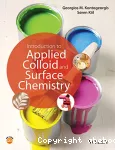1 Introduction to Colloid and Surface Chemistry
1 Introduction to Colloid and Surface Chemistry
+
-





